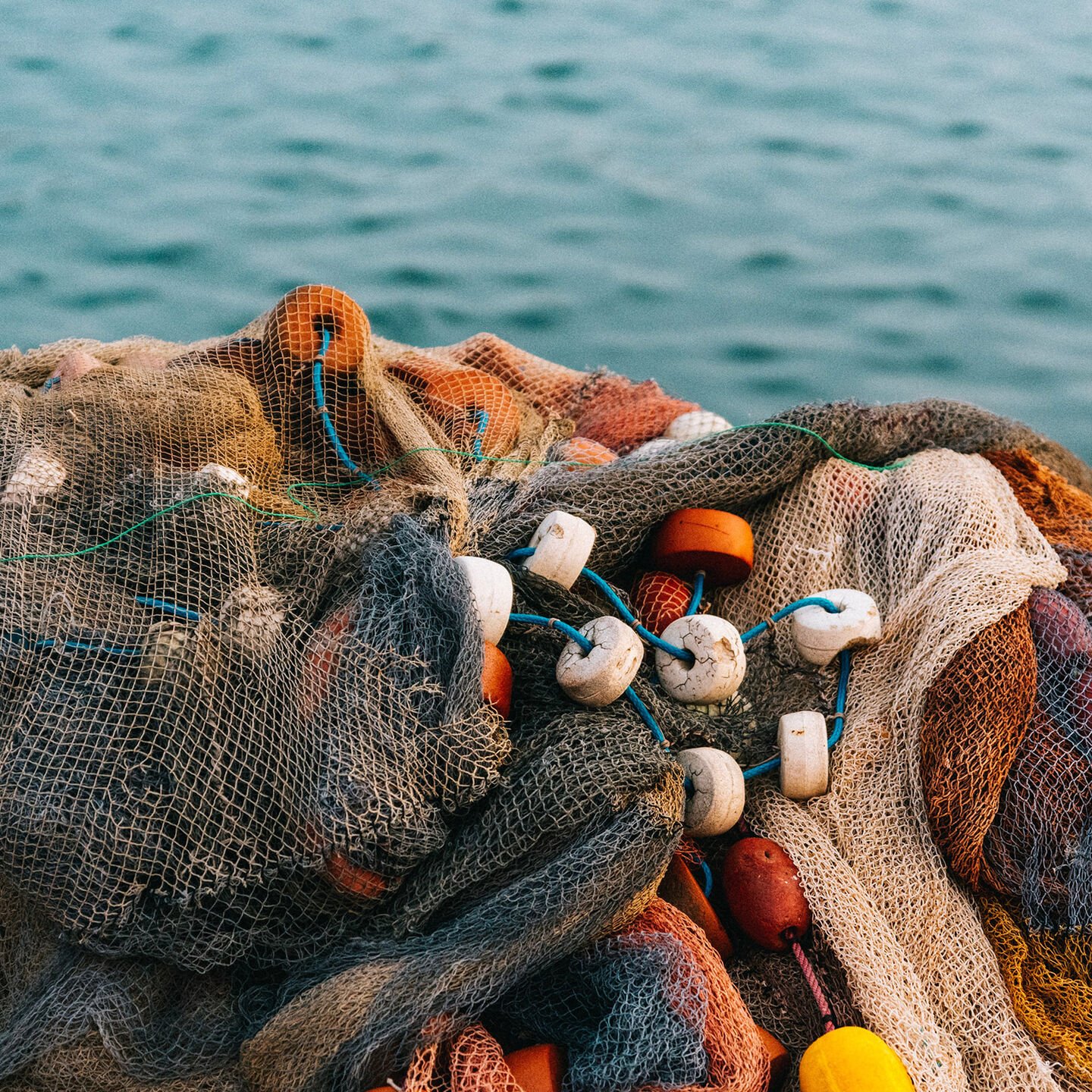GET EXTRA 10% OFF IN CART FOR ALL ITEMS
GANT was born where America and the Atlantic meet.
Life on the coast is an integral part of our history - and water is vital to our efforts to create a more sustainable future. It is one of the areas that we need to specifically address and improve, both from an environmental and a personal perspective. Our goal is that by 2030, GANT will be a brand that is known and loved as a trailblazer in water conservation and has helped that the water remains drinkable, fishable and swimmable for this and future generations. We have set ourselves three goals:
We have set ourselves three goals:
- By 2023, 70% of GANT's operating materials will be characterized by best-in-class water management, which will be expanded to 100% by 2030.
- GANT will support water protection initiatives such as the Waterkeeper Alliance so that the water remains drinkable, fishable and swimmable for this and future generations.
- By 2030, GANT will ensure that all operating activities only use as much water as can be naturally recovered.


Ocean Prep ™
GANT has made it its goal to protect coastal areas, and for this reason we have teamed up with SEAQUAL ™ to remove as much as possible of the 165 million tons of plastic floating around in our seas and upcycling it -Procedure to make the yarns we use in our Ocean Prep ™ line of clothing.


Water in the manufacturing process
We continuously strive to reduce the amount of water used by our supply chain. By setting firm goals, partnering with leading suppliers, and promoting closed loop systems to save water, we are constantly exploring new ways to reduce our water footprint.


Local water protection initiatives
At the local level, too, we focus on water. Through partnerships with local water protection organizations, GANT is proactively committed to protecting the ocean from litter - true to our motto "Never Stop Learning".We continuously strive to reduce the amount of water used by our supply chain. By setting firm goals, partnering with leading suppliers, and promoting closed loop systems to save water, we are constantly exploring new ways to reduce our water footprint.
The Coloration Project
In order to make our color production more sustainable, we are now introducing a completely new process: The Coloration Project.

